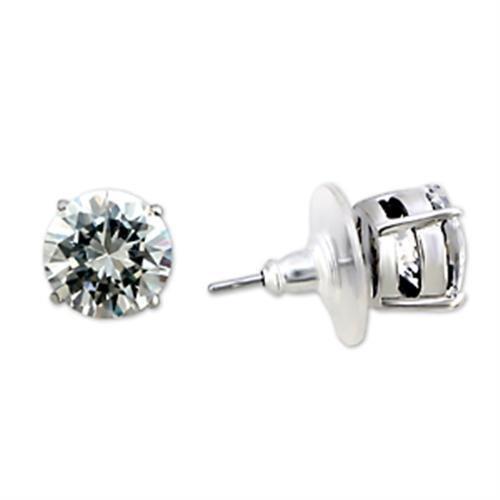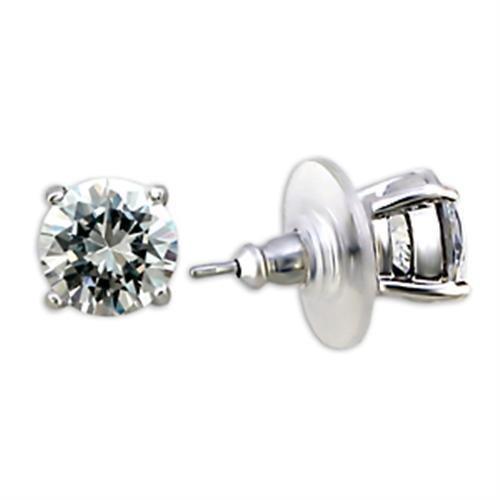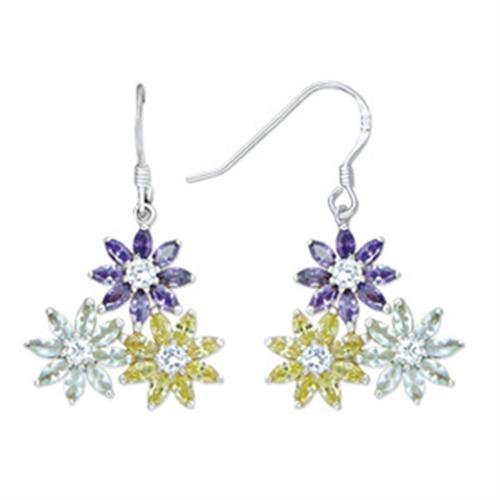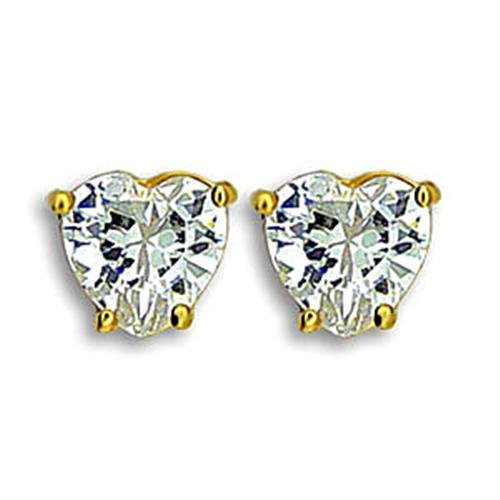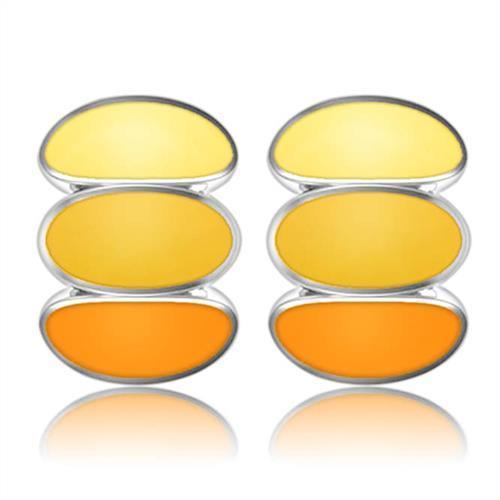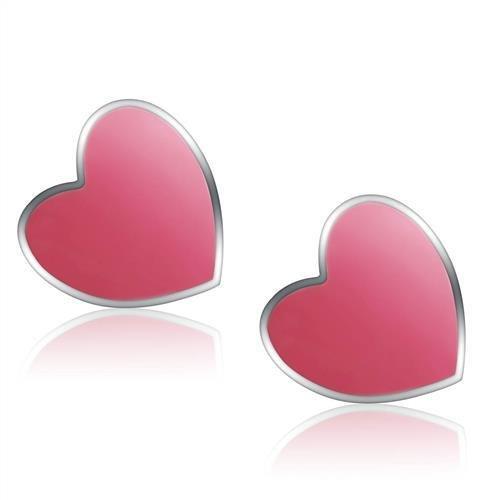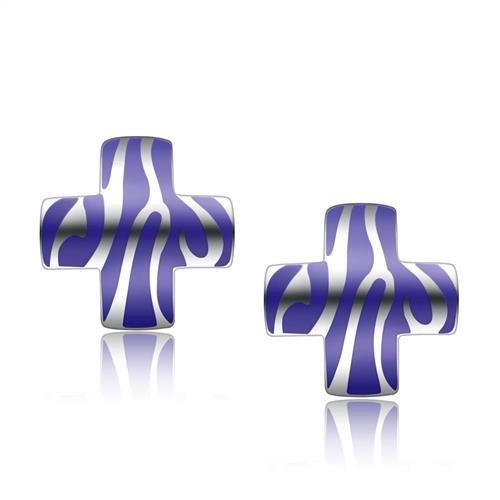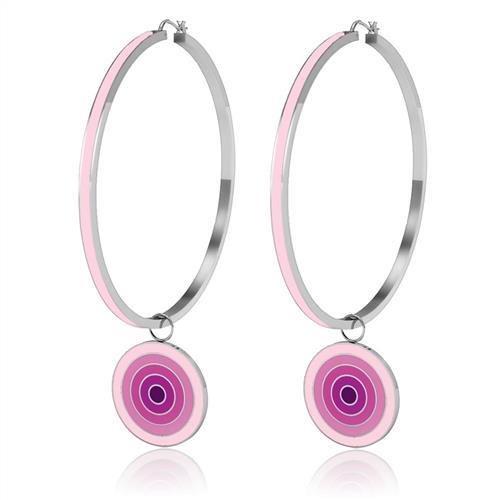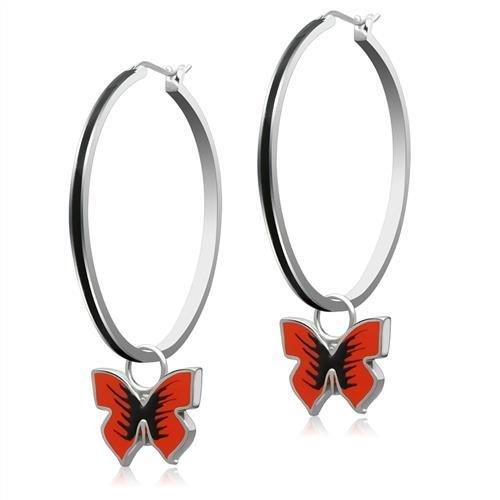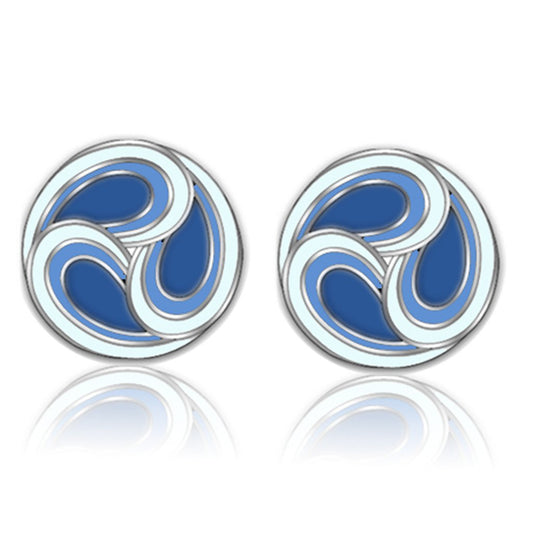If you’ve ever looked closely at a piece of silver jewelry, you might have noticed a tiny number stamped somewhere inconspicuous—like the inside of a ring or on the clasp of a necklace. That number is often 925, and it's far more than just a random marking. It’s a promise of quality and authenticity that tells you exactly what you're buying.
Decoding the 925 Stamp: A Promise of Quality
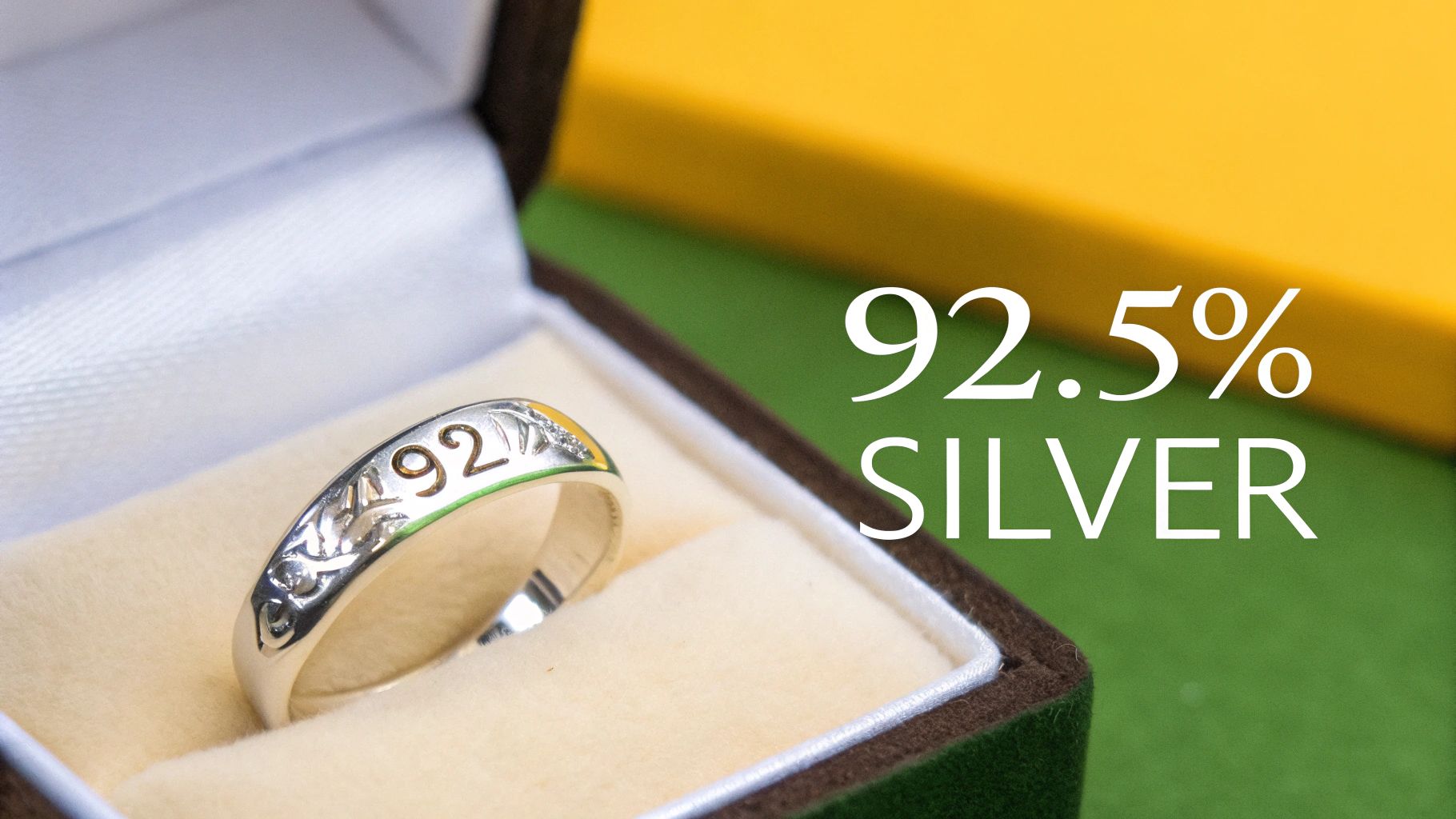
Think of the 925 stamp as the jewelry world's universal seal of approval for sterling silver. It tells you that the piece isn't just silver-colored—it's made from a high-quality, precious metal alloy. This mark is your guarantee of authenticity and value, recognized by jewelers and collectors across the globe.
But why 92.5% and not 100% pure silver? The answer comes down to practicality and durability. Pure silver, also known as fine silver (99.9% pure), is breathtakingly beautiful but incredibly soft. A ring made from pure silver would bend, scratch, and lose its intricate shape almost immediately. It’s simply not strong enough for the rigors of daily life.
To solve this, artisans centuries ago developed the perfect recipe.
The Sterling Silver Recipe
By blending 92.5% pure silver with 7.5% of other, stronger metals (usually copper), they created an alloy that was both brilliant and resilient. This blend, known as sterling silver, strikes the perfect balance. It retains the stunning luster of pure silver while gaining the strength needed to be crafted into durable, lasting jewelry.
This standard isn’t new; it dates back to 14th-century Europe and has been the benchmark for quality silver ever since. You can explore more about this historical standard and why 925 became the benchmark for silver purity.
Here’s a quick breakdown of what goes into a piece marked with the 925 stamp.
Sterling Silver 925 At a Glance
| Component | Percentage | Purpose |
|---|---|---|
| Pure Silver | 92.5% | Provides the brilliant white luster and precious value. |
| Copper (or other metals) | 7.5% | Adds strength, hardness, and durability for everyday wear. |
This simple but effective formula is why sterling silver has been trusted for centuries to create everything from delicate earrings to statement bracelets.
The 925 stamp ensures you’re buying a piece that is not only beautiful but also built to last. It’s a guarantee of the precious metal content inside.
Key Takeaway: The "925" stamp is your assurance that you're getting genuine sterling silver, a premium material that perfectly combines the beauty of pure silver with the durability needed for lasting jewelry.
At Precious Pulse Jewelry, every piece in our sterling silver collection proudly bears this mark of excellence. Whether you're choosing a timeless silver necklace or a chic pair of earrings, the 925 stamp confirms you're investing in quality you can trust.
The Story Behind the Sterling Silver Standard
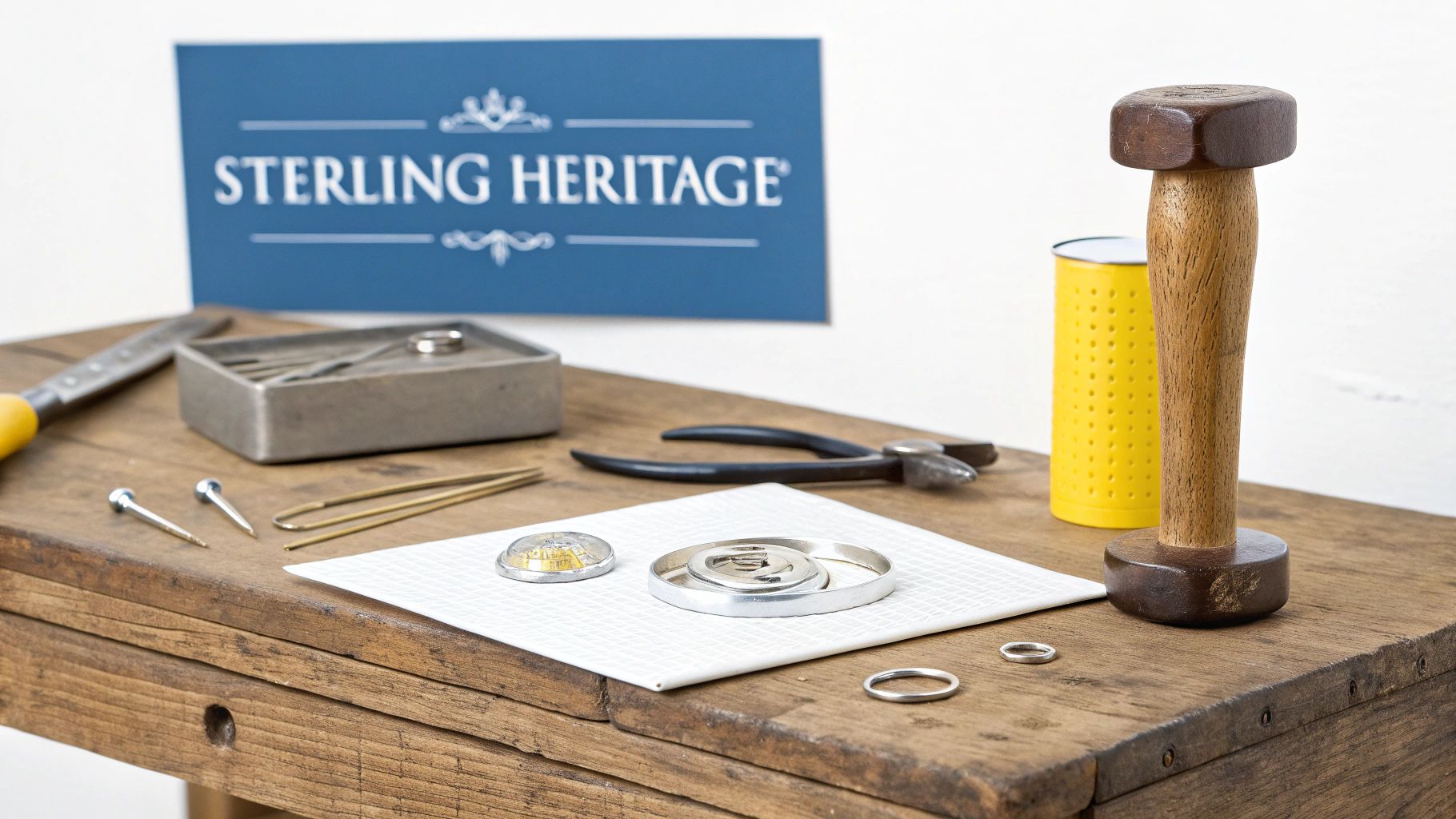
That tiny 925 stamp on your jewelry is more than just a number—it’s a mark of trust with roots stretching back centuries. Long before government regulations, artisans needed a way to guarantee the quality of their work and protect buyers from getting swindled.
This wasn't a new problem. As far back as ancient Egypt and Greece, silver was treasured for its beauty and rarity. But as trade routes expanded, so did the risk of fraud. By the 13th and 14th centuries, silversmith guilds in England and France decided to formalize purity standards to protect their craft and keep the market honest. You can read more about the fascinating history of silver hallmarking.
From Guilds to Global Standards
These early systems, known as hallmarking, were basically the first consumer protection laws for precious metals. A silversmith would stamp their creations with a series of marks to show who made it, how pure it was, and which office verified its quality. It was a brilliant system that kept everyone accountable.
Ever wonder where the name "sterling" came from? It’s thought to have originated from the Old French word esterlin, which was an early Norman silver penny known for its reliable purity.
Over time, this guild-based practice evolved into the global 925 standard we know today. It turned a simple piece of metal into a verified commodity, giving buyers total confidence that they were getting genuine, high-quality silver. This legacy of trust is why understanding what does 925 mean on jewelry is still so important.
Of course, the tradition of blending metals is what makes sterling silver both beautiful and durable. To truly appreciate its value, you need to understand the difference between pure silver and sterling silver. Every 925-stamped piece from our collection at Precious Pulse Jewelry carries this incredible history, connecting modern style with a timeless promise of quality.
How to Identify Genuine 925 Sterling Silver
Knowing what the 925 stamp on your jewelry means is a great first step, but how can you be sure your piece is the real deal? While the 925 stamp is the most common sign, it’s not foolproof. Arming yourself with a few simple techniques will help you spot fakes, shop with confidence, and verify the jewelry you already own.
The first thing to look for is a quality mark, often called a hallmark. These tiny stamps are usually tucked away on the clasp of a necklace, inside a ring band, or on the post of an earring.
Look for Common Hallmarks
Besides the universal 925, other legitimate marks confirm a piece is sterling silver. Keep an eye out for these stamps, which are just as valid:
- STER: A common abbreviation for "Sterling."
- Sterling: The full word is a clear giveaway.
- SS: Short for "Sterling Silver."
It’s worth noting that different countries sometimes use unique hallmarking systems. For instance, you might see a piece stamped with 835, which just means it has a slightly lower silver purity. To get a better handle on these variations, check out our guide on what 835 means on jewelry.
Simple At-Home Verification Tests
What if a piece has no stamp, or you just have a gut feeling it might be a fake? You can perform a few easy, non-damaging tests right at home. One of the most reliable is the magnet test.
Practical Tip: Silver isn't magnetic. If you hold a strong magnet (like a refrigerator magnet) near your jewelry and it pulls, the item is almost certainly made from a cheaper base metal with a thin silver plating.
This works because genuine sterling silver is paramagnetic, meaning it has such a weak attraction to magnets that it’s virtually unnoticeable. A strong pull indicates the presence of iron, nickel, or cobalt—metals you’ll never find in true sterling silver. Beyond just identifying the metal, understanding its market value and presentation is a huge part of improving your jewellery business.
Sterling Silver vs Other Types
Telling sterling silver apart from silver-plated items or even pure silver can be tricky at first glance. They might look similar, but their composition, durability, and value are worlds apart.
Here’s a quick comparison to help you spot the key differences.
Sterling Silver vs Silver Plated vs Fine Silver
| Characteristic | Sterling Silver (925) | Silver Plated | Fine Silver (999) |
|---|---|---|---|
| Purity | 92.5% pure silver | A thin layer of silver over a base metal | 99.9% pure silver |
| Durability | Strong and durable enough for daily wear | Prone to flaking, revealing the base metal | Very soft and scratches easily |
| Tarnish | Will tarnish over time but can be cleaned | Tarnishes quickly and can wear away | Tarnishes very slowly, if at all |
| Value | High precious metal value | Low value; worth is in the base metal | Highest silver value, but too soft for most jewelry |
Ultimately, a silver-plated piece might look good for a short time, but it won’t last. Fine silver is beautiful but impractical for everyday wear, while 925 sterling silver hits that perfect sweet spot of beauty, value, and strength.
Caring For Your Sterling Silver Jewelry
So, you’ve got a beautiful piece of 925 sterling silver. How do you keep it looking as brilliant as the day you got it? The great news is that proper care is simple and doesn't require expensive products.
First, let's get one thing straight: tarnish is not a sign of a cheap or fake piece. It's just a natural chemical reaction that happens when silver meets sulfur compounds in the air. Think of it less as damage and more as a sign that your silver is the real deal.
With a bit of smart care and the right cleaning habits, you can keep that tarnish at bay. The best defense is a good offense, and that starts with how you store your jewelry. Keep your pieces in a cool, dark place—an anti-tarnish bag or a soft, lined jewelry box is perfect—to limit their exposure to air and moisture.
Before you start polishing, it's always a good idea to confirm you're working with genuine silver. This quick visual guide can help.
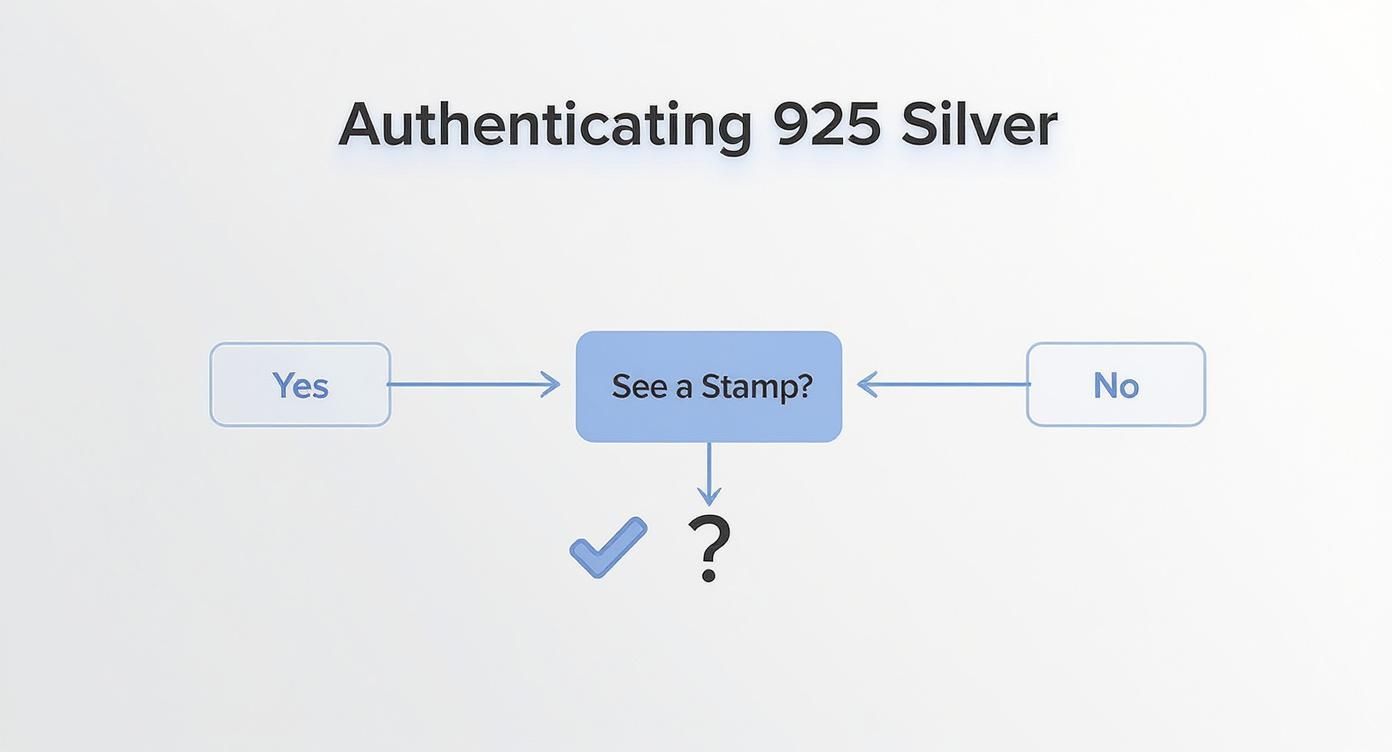
It walks you through what to look for, starting with that all-important 925 hallmark, so you can clean with confidence.
Best Practices for Silver Care
Even with perfect storage, your jewelry will eventually need a little TLC. The key is to be gentle. A regular wipe-down with a soft, lint-free cloth can stop minor tarnish in its tracks. For a deeper clean, a bit of warm water mixed with a mild, ammonia-free soap does wonders.
Here are a few essential tips to keep in mind:
- Take It Off First: Always remove your sterling silver before swimming, using household cleaners, or applying lotions and perfumes. Chemicals like chlorine, bleach, and sulfur are silver's worst enemies and will accelerate tarnishing.
- Wear It More Often: This one might sound backward, but it works! The natural oils in your skin actually help keep sterling silver clean and shiny. So, one of the best ways to prevent tarnish is to wear your favorite pieces regularly.
- Use the Right Tools: For the best results, use a professional jeweler’s polishing cloth. These are specially treated to remove tarnish and restore shine without scratching the metal's surface. Avoid using paper towels or tissues, as their fibers can cause tiny scratches.
Following these simple steps will ensure your cherished 925 pieces stay sparkling for a lifetime.
The Deeper Meaning of Silver in Jewelry
That little 925 stamp on your favorite silver piece does more than just guarantee its quality. It connects you to a story that’s thousands of years old, woven through cultures, mythologies, and spiritual beliefs. Silver has always been more than just a shiny metal; it’s packed with symbolism.
Think about it: silver’s cool, reflective glow has long been tied to the moon, intuition, and what many call the divine feminine. It was seen as a mirror to the soul, a metal that encouraged you to look inward and find emotional balance. This ancient connection is what makes sterling silver jewelry feel so personal—it's an emblem of clarity and inner strength.
A Legacy of Purity and Protection
Across the globe, silver has been treasured for its unique spiritual qualities. It’s widely seen as a symbol of purity, wisdom, and a shield against negative energy. These aren't new-age ideas; they're beliefs passed down through countless generations.
Silver's symbolic power is woven into the fabric of human history. It represents not just wealth, but emotional clarity, spiritual purity, and a profound connection to the lunar cycles that govern our natural world.
Take a trip back in time, and you'll find silver at the heart of many cultures. In Ancient Egypt, it was sometimes considered even more precious than gold. Hindu and Buddhist traditions link it to mental clarity. And in medieval Europe, it was the metal of choice for sacred religious artifacts, believed to offer spiritual purification. You can dive deeper into the symbolic power of 925 silver throughout history to learn more.
This enduring legacy is what elevates your favorite necklace or ring from a simple accessory to a meaningful talisman. When you choose a piece from our Precious Pulse Jewelry collection, you’re not just picking a style. You're embracing a timeless symbol of reflection and grace.
Got Questions? We’ve Got Answers.
Let's wrap things up by tackling some of the most common questions we hear about 925 silver. Think of this as a quick-reference guide to clear up any lingering curiosities and help you feel like an expert every time you shop for or wear your jewelry.
Is 925 silver real silver?
Yes, absolutely. When you see that 925 stamp, it’s a mark of authenticity. It means the piece is genuine sterling silver—a precious metal alloy made of 92.5% pure silver. The other 7.5% is usually copper, added to give the metal the strength it needs for everyday wear.
So rest assured, it’s the real deal, not a cheap imitation or a plated piece that will wear off in a few weeks.
Why does my sterling silver tarnish?
Tarnish is actually a good sign! It's a natural chemical reaction that happens when silver comes into contact with sulfur compounds in the air. This creates a dark layer of silver sulfide on the surface, but it's not a sign of poor quality or damage.
In fact, it’s one of the easiest ways to tell if your silver is genuine, since many fake or plated items won't react the same way. The best part? Tarnish is only surface-deep and can be easily cleaned off, restoring your jewelry's original shine.
Pro Tip: The best way to keep tarnish away is to wear your silver jewelry often. The natural oils from your skin actually help keep the metal bright and clean.
Can I wear 925 silver in the shower or pool?
While a quick splash of water won't cause immediate harm, it’s really best to avoid it. Think of your silver like a fine silk blouse—you wouldn't soak it in harsh chemicals. Chlorine in pools, salt in the ocean, and even minerals in tap water can speed up the tarnishing process and dull your jewelry’s beautiful luster over time.
To keep your pieces looking their best, make it a habit to:
- Take them off before you hop in the shower or go for a swim.
- Remove them before using any household cleaners.
- Put your jewelry on after applying lotions, perfumes, or hairspray. It should be the last thing you put on and the first thing you take off.
Is sterling silver okay for sensitive skin?
For the vast majority of people, yes! Sterling silver is widely considered hypoallergenic. The most common cause of metal allergies is nickel, and high-quality sterling silver is typically nickel-free. The copper used in the alloy rarely causes skin irritation.
This makes 925 sterling silver a fantastic choice if you have sensitive skin but still want to wear beautiful, high-quality jewelry without the itch. It perfectly blends the appeal of a precious metal with comfortable, everyday wearability.
Now that you know exactly what does 925 mean on jewelry, you can shop with the confidence of an expert. Explore the stunning collection of genuine sterling silver pieces at Precious Pulse Jewelry and find your next timeless accessory today. Visit us at https://preciouspulsejewelry.com.


